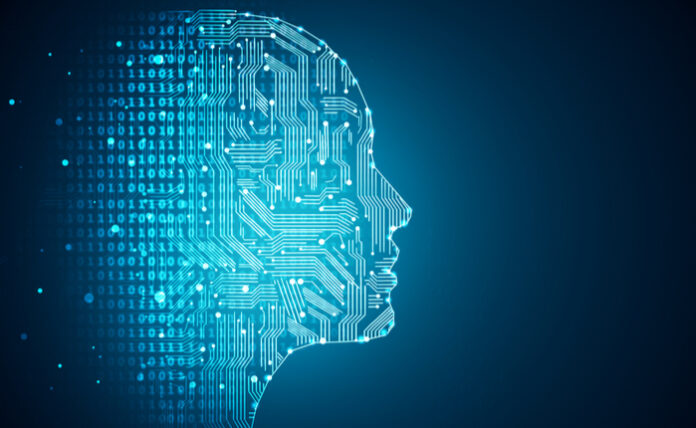Marvin Minsky used to say that the brain is not a machine – it’s 400 machines put together.
Now, breaking reports suggest that we may be closer to simulating some of these aspects of the human brain implicitly mentioned by Minsky through a process using small nanowires to self-assemble bits of cognitive architecture.
A Daily Bruin article today by Elaine Chen goes over research efforts between two major international academic stakeholders, UCLA and the Japanese National Institute for Materials Science. Here, scientists are utilizing silver nanowires with an average diameter of 360 nm for the self-assembly of networks that achieve what James Gimzewski, a chemistry professor at UCLA, calls “synaptic-like connections.”
“Because (the networks) self-assemble on the nanoscale, we can achieve a very high density of synaptic-like connections that wouldn’t be achievable using normal computer chip technology,” Gimzewski said as quoted in Chen’s report.
Some of this sounds kind of like ‘Moore’s law for artificial intelligence’ – the involved scientists point out that replacing bulky data centers can make AI architecture much smaller and more agile, decreasing the footprint and paving the way for ever more sophisticated neural networks.
Amid the general progress taking place in neuroscience, modeling the brain has been an obsession for vanguard researchers working with cutting-edge technologies to try to enhance what computers can do relative to human cognitive behavior.
Some hurdles remain, such as the search for the right materials and processes to curtail larger energy costs.
“Most of the (funding) is very much on the software side of things, and there’s not enough … consideration of the impact of the energy that’s required,” adds Adam Stieg, associate director of the California NanoSystems Institute at UCLA, in remarks to the Daily Bruin also included in Chen’s report. “People can build another data center, but at a certain point that won’t continue to be scalable.”
Still, there is amazing progress being made in syncing up what computers do with what the human brain does, while those closest to the efforts continue to maintain some lofty goals.
“To produce more advanced AI, we need to better understand the brain’s inner workings that allow us to portray the world around us,” wrote John Cumbers at the Genetic Literary Project prior to this weekend, analyzing the work that’s going on around neuroscience. “There is a synergistic mission between understanding biological intelligence and creating an artificial one, seeking inspiration from our brain might help us bridge that gap.”
Stay tuned for more on the latest that’s going on in this exciting field.
Where do you see AI going in the near future?










